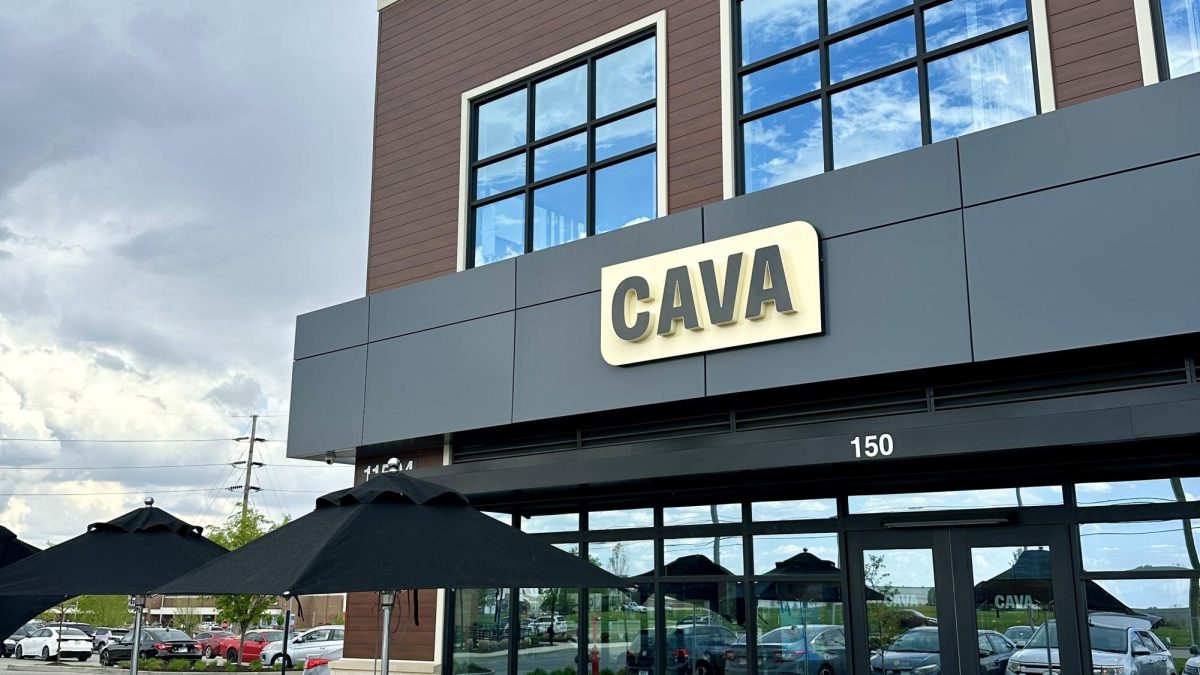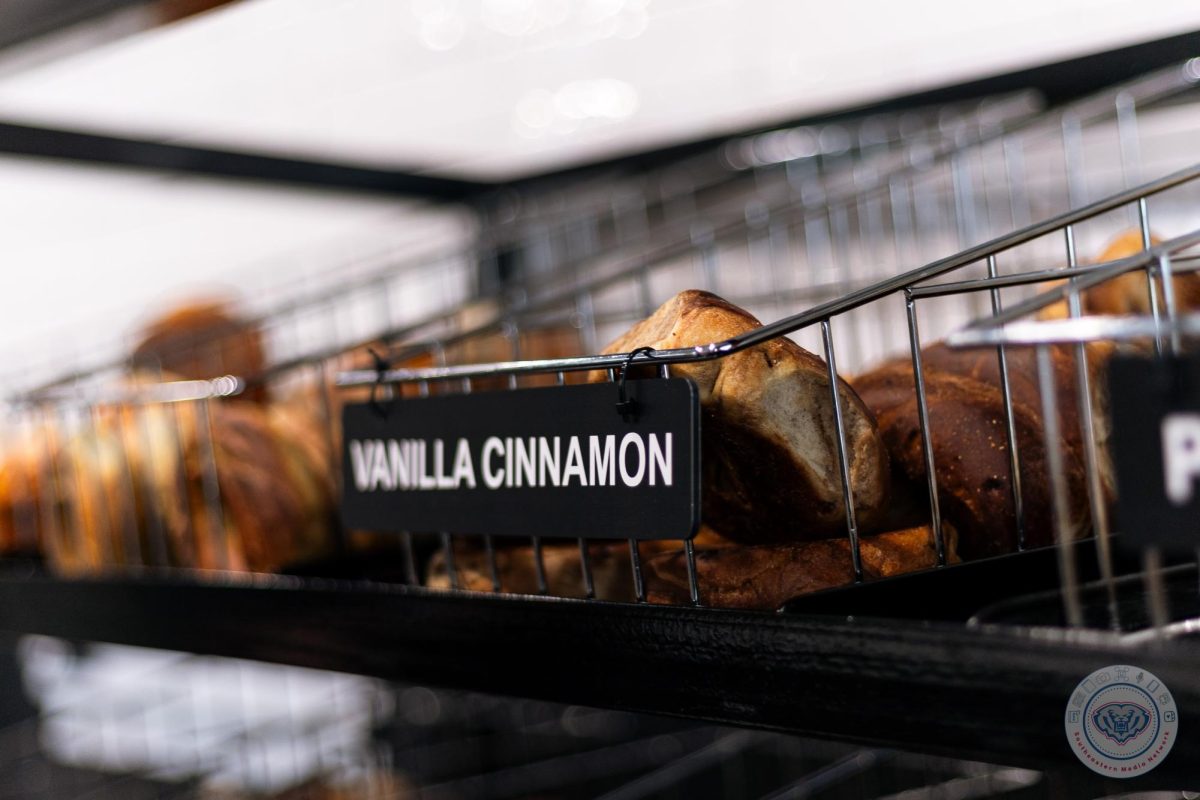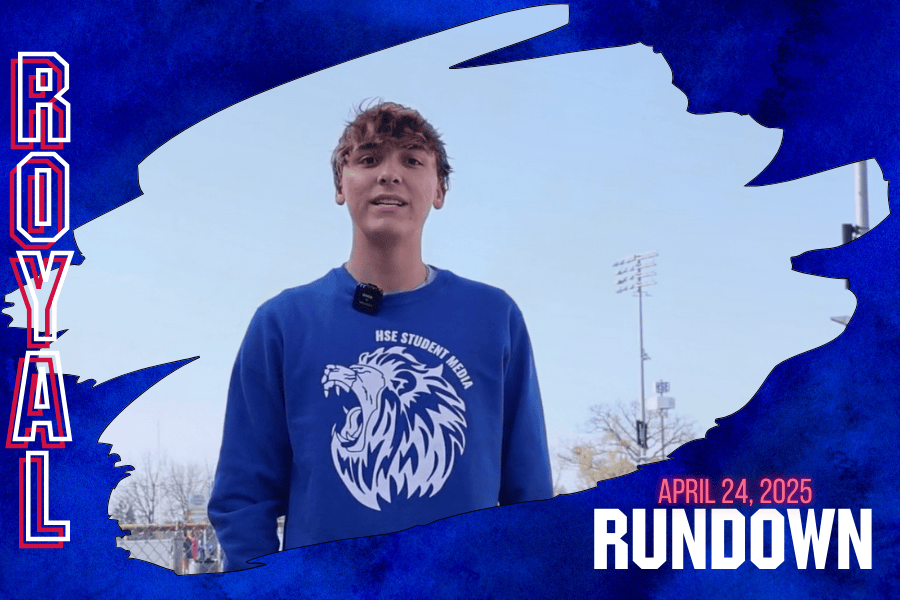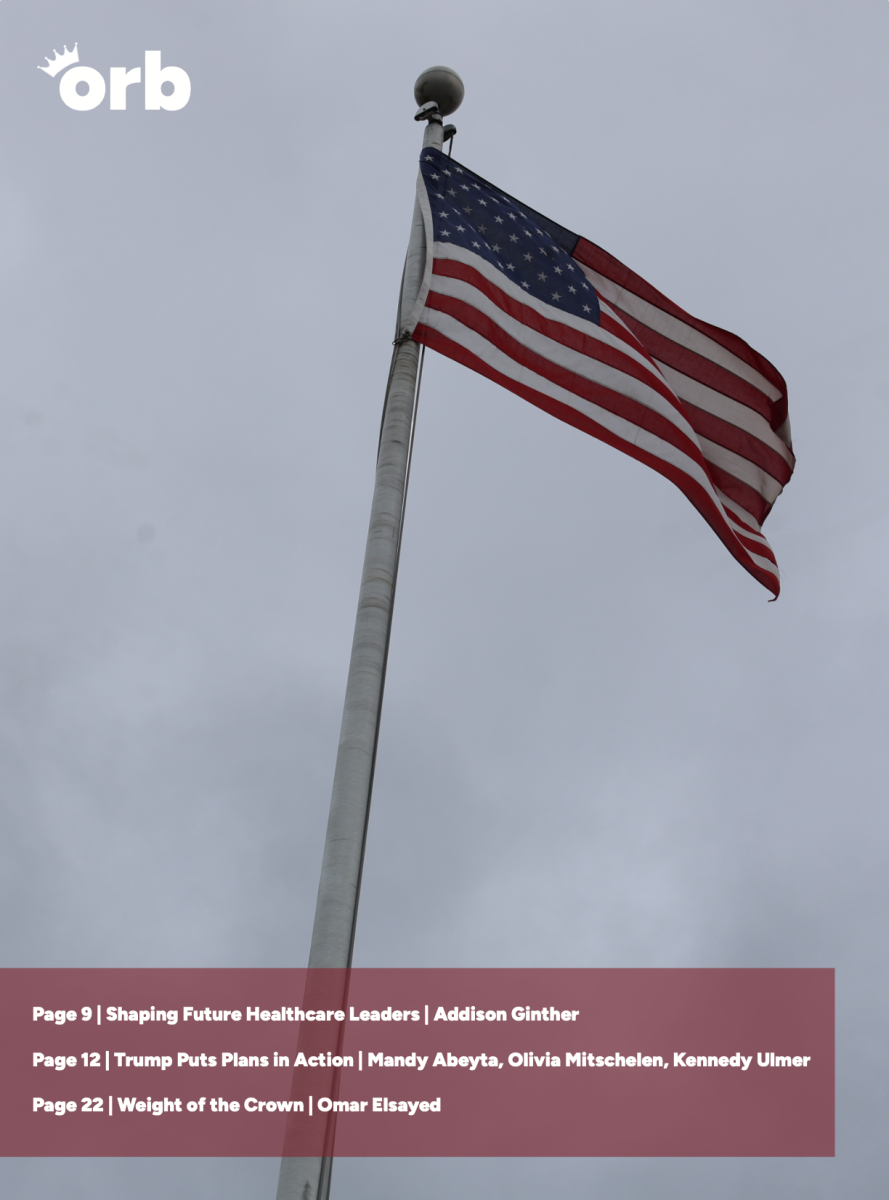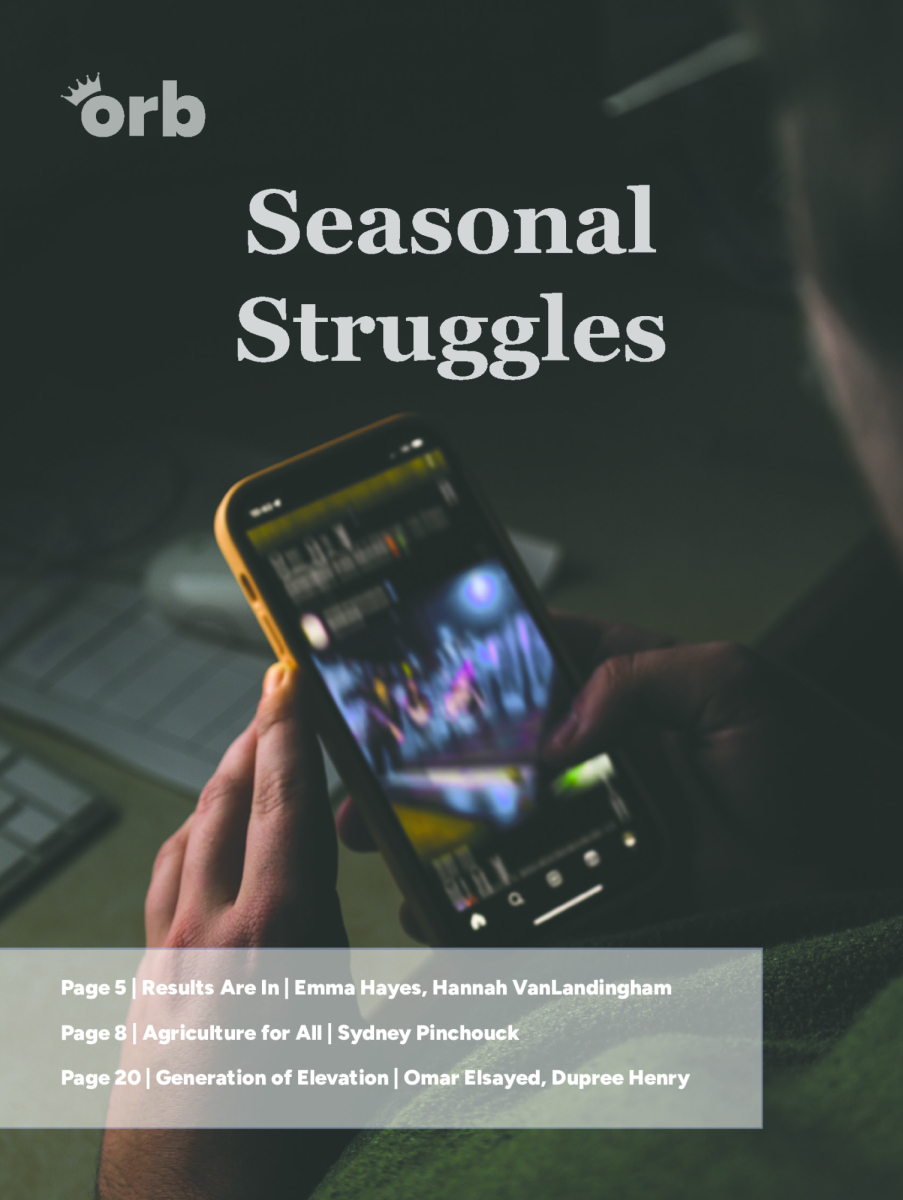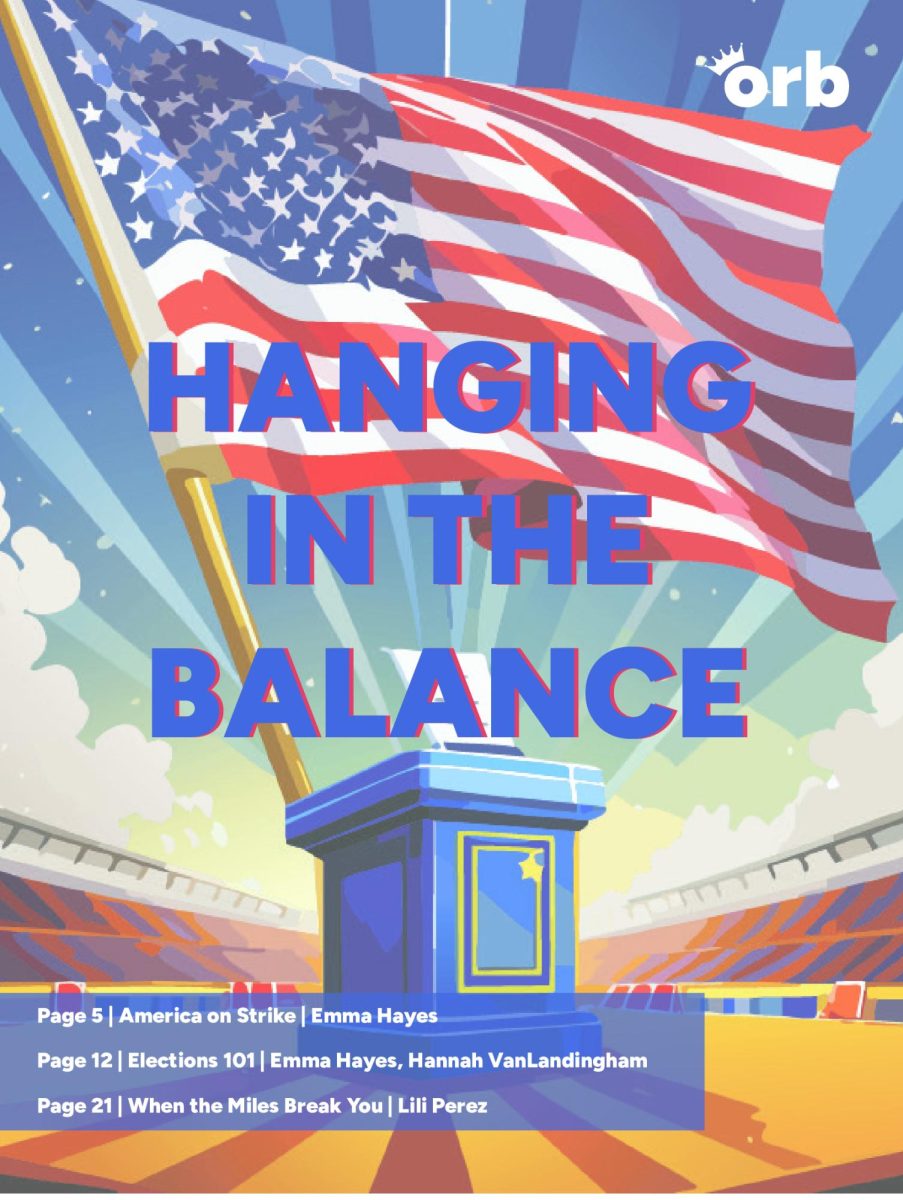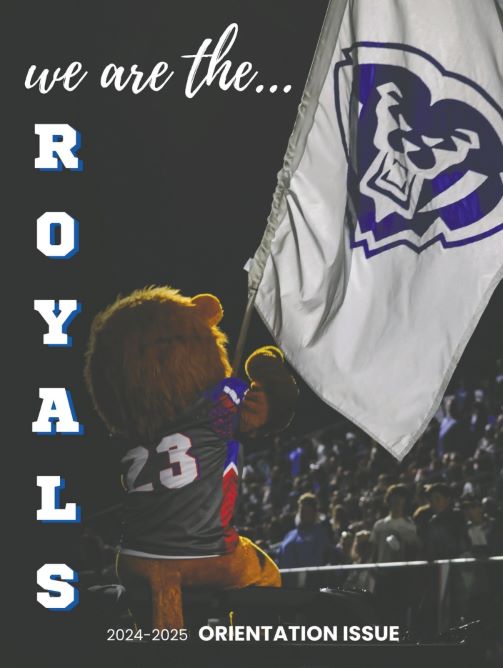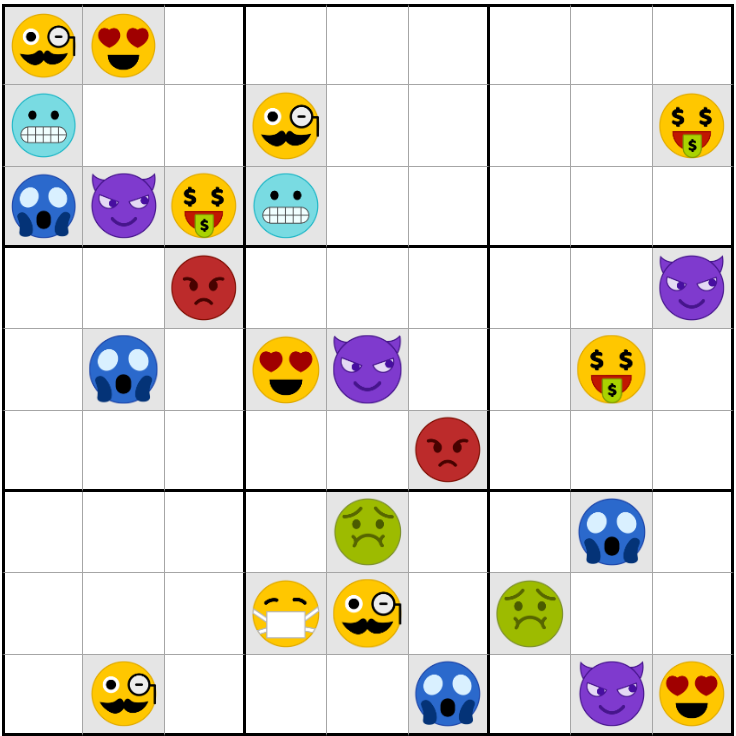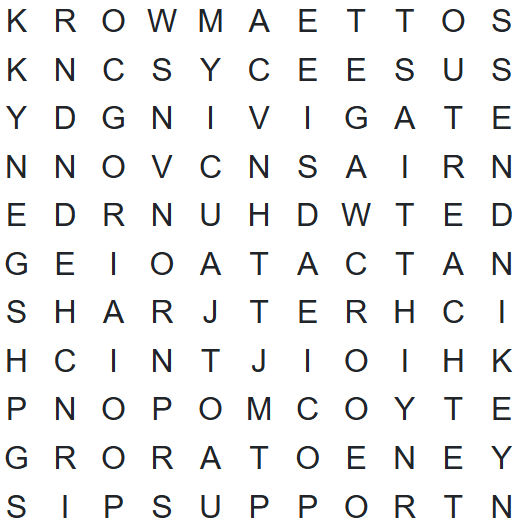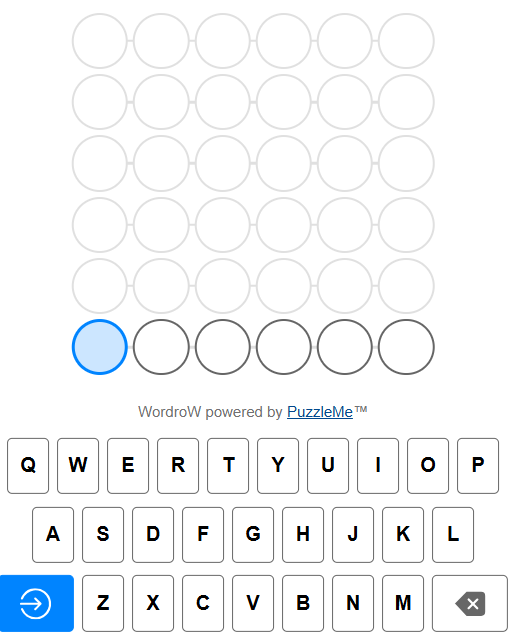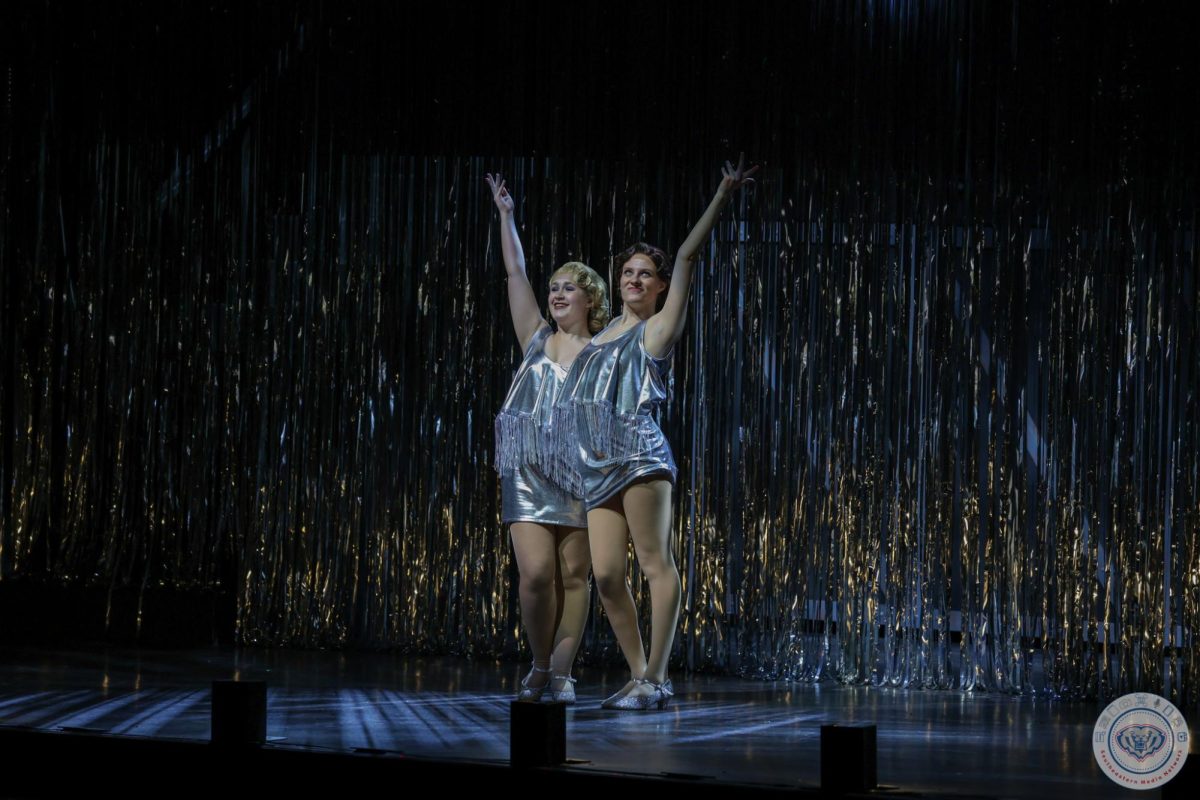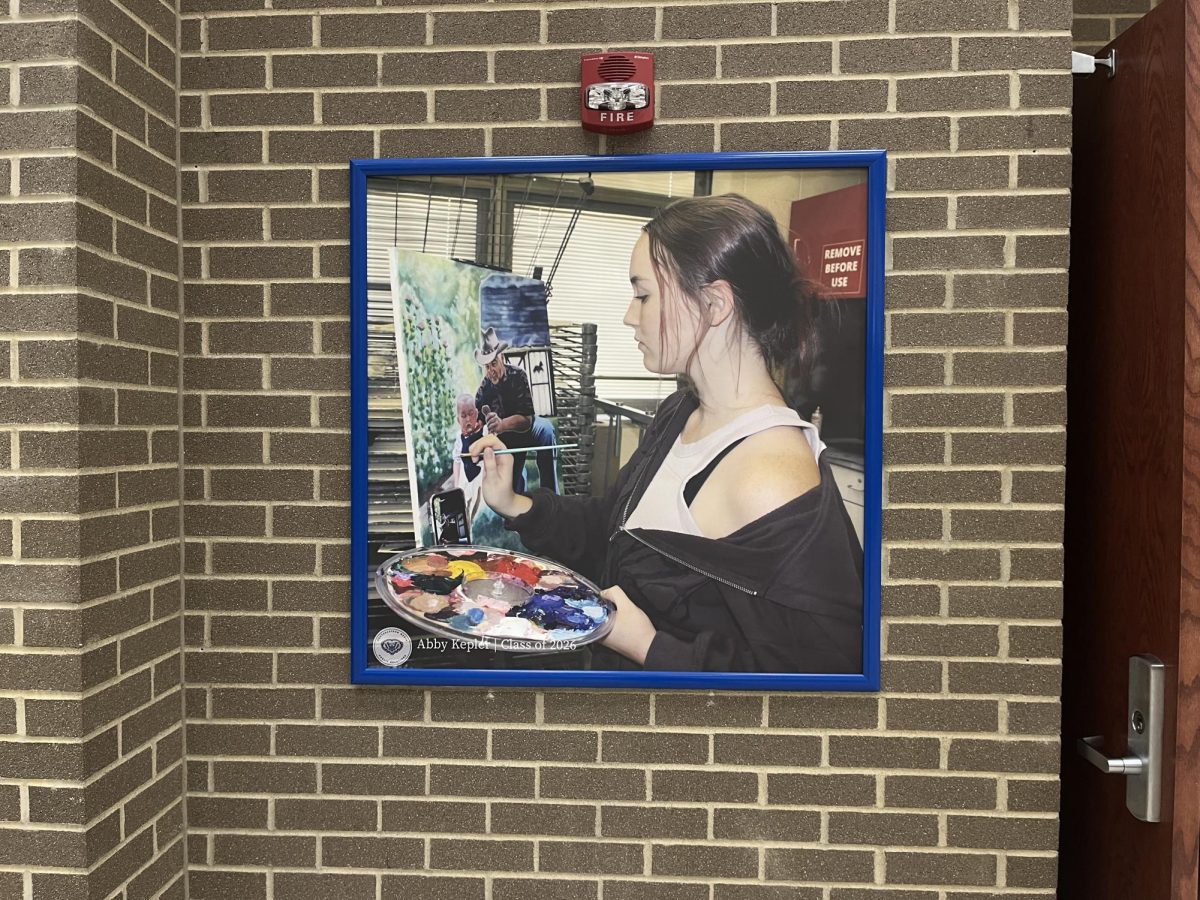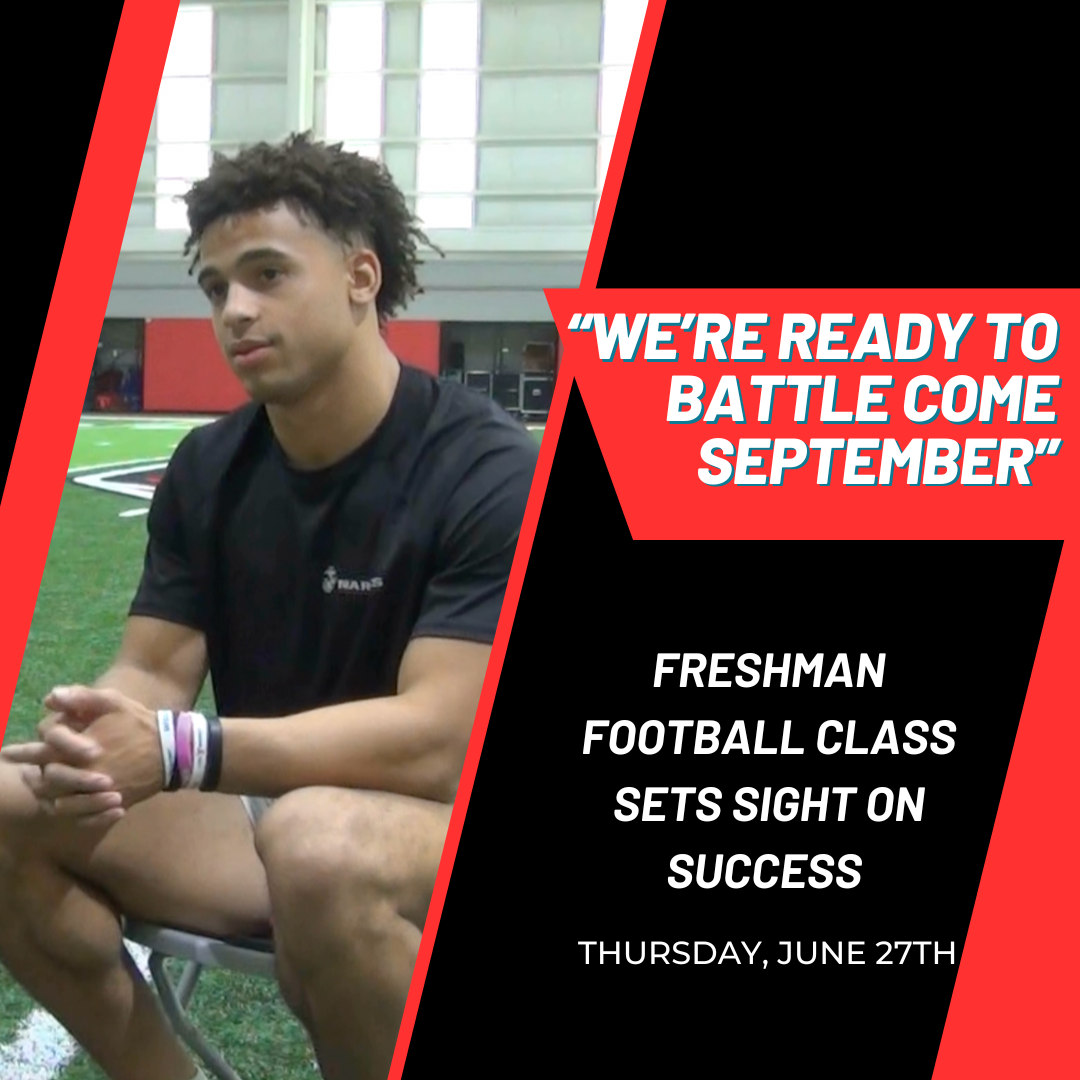This past weekend, an estimated 3 million people worldwide marched in solidarity for women’s rights and general equality for all humans. It was a safe place for people of all gender, sexuality, race, religion and culture, to bring awareness of social issues.
What started out as a march held in DC, became a movement that slowly spread and gained popularity. Eventually, there was a total of 673 official sister marches not just in America but all over the world. A little closer to home, however, Indianapolis had its own sister rally organized in conjunction with the Women’s March on Washington. While there was no physical march, the participants remained as enthusiastic as ever chanting phrases such as “We will not go back.” in unison. Many were also protesting the inauguration that occurred the Friday before the demonstration. The event proved to be a success and many say an important factor of its success was the utilization of social media.
Young people especially had an impact, by tweeting, snapping, and instagramming pictures and comments about the rally. Many of whom were from HSE. Senior Cameron Corey claims social networking was vital to the event.
“This was definitely a movement that had a lot of involvement from millennials like myself,” Corey said. “We all connect through social media nowadays so the role that social media played was huge in terms of spreading the word.”
The internet has also taken to finding ways to reinterpret degrading phrases directed at women. Terms such as “nasty woman” and “pussyhats” have become powerful tools for women’s rights advocates. Plenty of these words and phrases became visuals. Many of these trends and terms were sparked from the words of the recently inaugurated President Donald J. Trump.
“People have taken these trends which originally were intended to have such negative connotations and made them empowering,” senior Mackenzie Austin, a student who attended the march in Indianapolis said. “Terms that were intended to demean and belittle women have become terms that empower and encourage them, and I personally think that’s the first step in our revolution.”
Apush teacher and Women’s Rights club sponsor Brenda Barrett compares protests and rallies of the past to the present and analyzes how social media has evolved. Demonstrations of the past were not able to utilize social networking.
“What I find amazing about protests from the past, like those against the Vietnam War, is that they too created a movement, but without social media,” Barrett said. “All you had was print, word of mouth, television, fliers, radio, etc. So I feel we have to give them the credit that is due.”
Nonetheless, Barrett does recognize the significance of social networking. She feels it is unlikely that the march would have become a worldwide event without the networking factor and implies that the technological advancements have in fact been positive.
“I am not sure this would have happened without social media,” Barrett said. “Who knew that all these other countries would come out and support women’s rights? Everywhere from Iceland to Sydney to New Delhi to small towns in America.”
As government officials will be campaigning to the next generation of voters in future elections, many want their voices and opinions to be heard. Social media was an effective way to attract young people to the rally according to Junior Dafne Campos, one of the two founders of the Women’s Rights club.
“Today, not as many young people see the news or stay current with events,” Campos said. “But one thing that a young person checks constantly, several times a day is their social media. It’s almost habitual.”
Contrary to these points, while social media is practical in a situation such as this, Junior Cassie Barnhill, the second of the two founders of the Women’s Rights club, remarks that social media can’t be the only plan to take action.
“One of the big messages of the rally was that you have to be more than just a social media activist,” Barnhill said. “That kind of support can only go so far, you have to be willing to get up and do something.”
An important perspective to consider however, is one from the person who organized the rally. Terri Lynn Siler organized the sister march and notes that Facebook, while difficult to keep up with, played a major role in making connections.
“The Sister March Network in DC provided us with Action Network,” Siler said. “Which was a way to collect information so that we can contact those that support us and monitor how many would be in attendance.”
However, Siler follows up with the fact that there is no replacement for interpersonal communication skills nor organizational skills.
“Those skills are necessary for effective collaboration,” Siler said. “You must develop those skills in order to know what social media apps and programs will work best for your needs.”
Nonetheless, once skills such as the ones Siler mentioned have been developed, social media and networking are undeniably beneficial to rallies not only in Indianapolis, but all over the world.
“Social media is our biggest proponent of civil discourse,” Austin said. “There’s been a lot of people saying ‘Your protests don’t matter,’ or ‘You should just accept what it is,’ but I disagree with that. I think our voices matter.”

